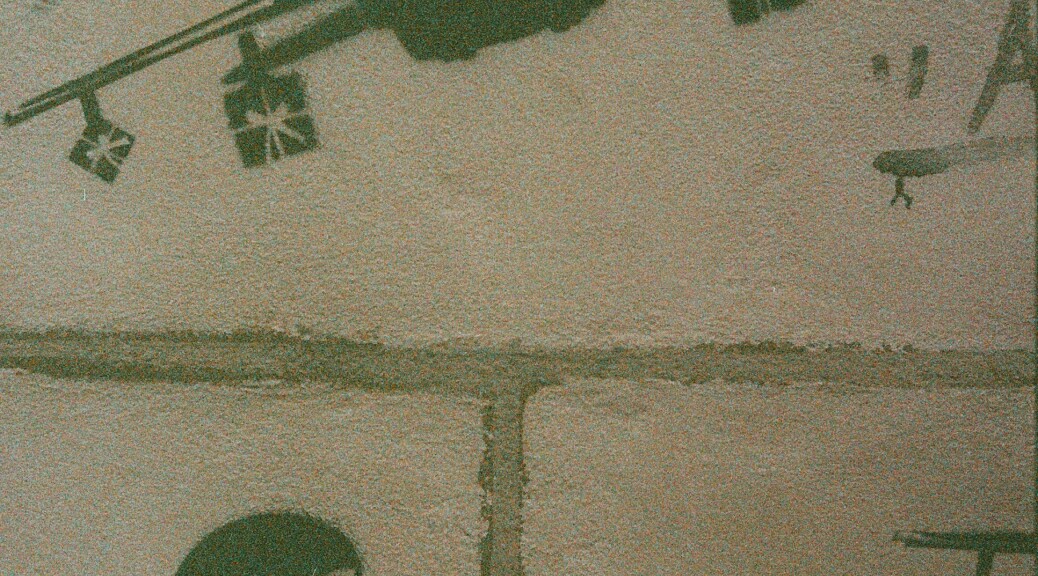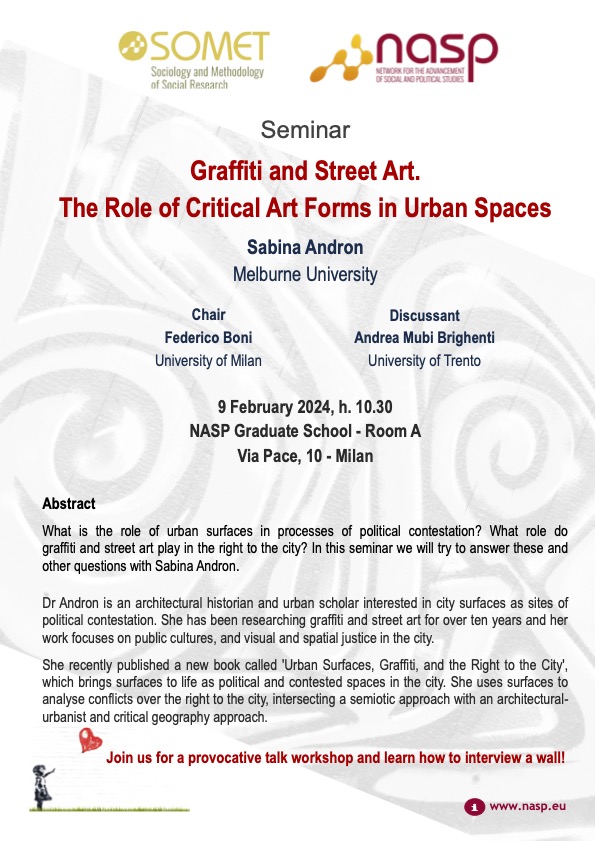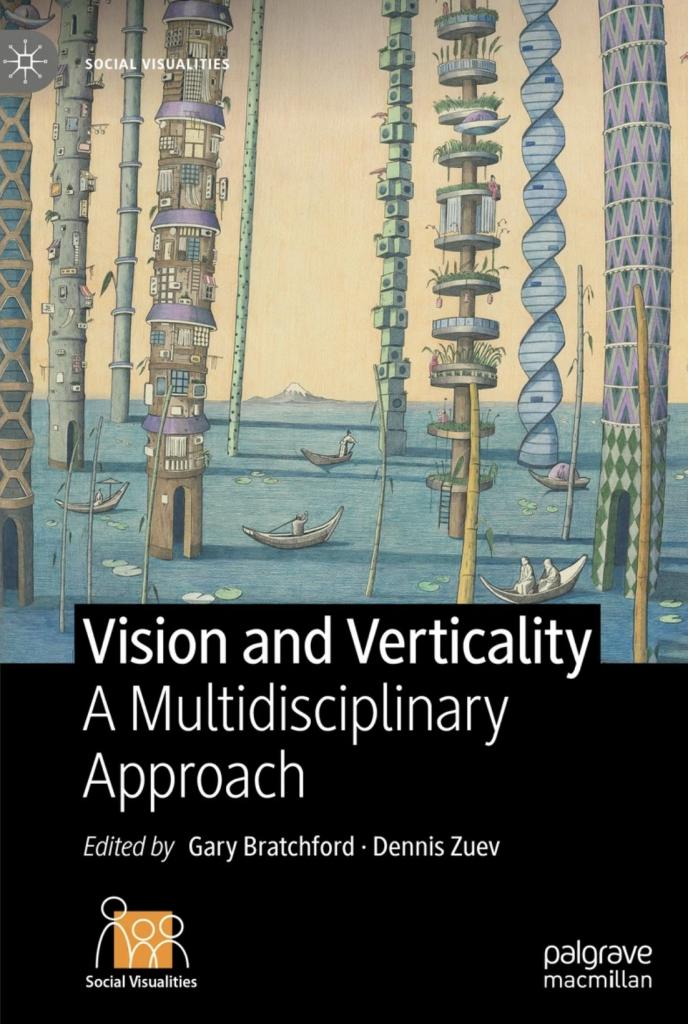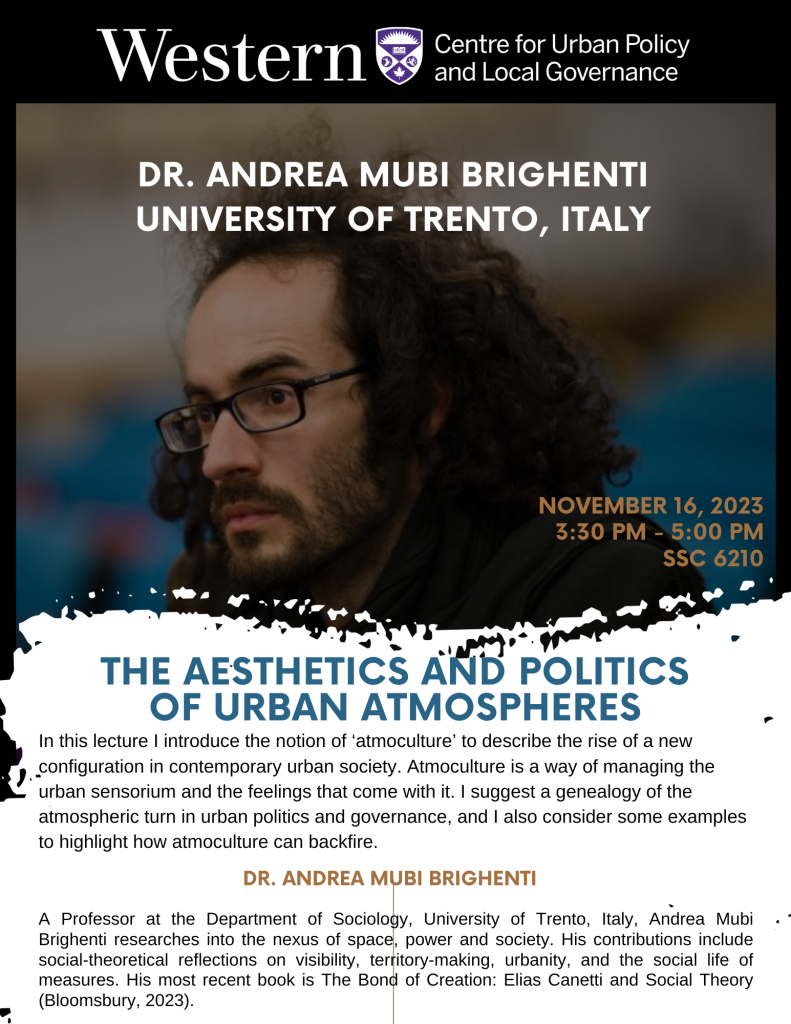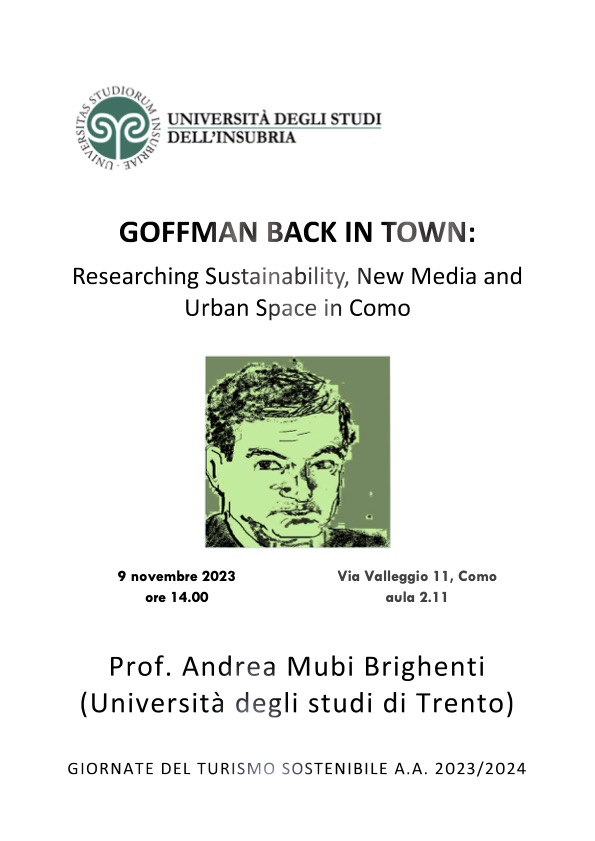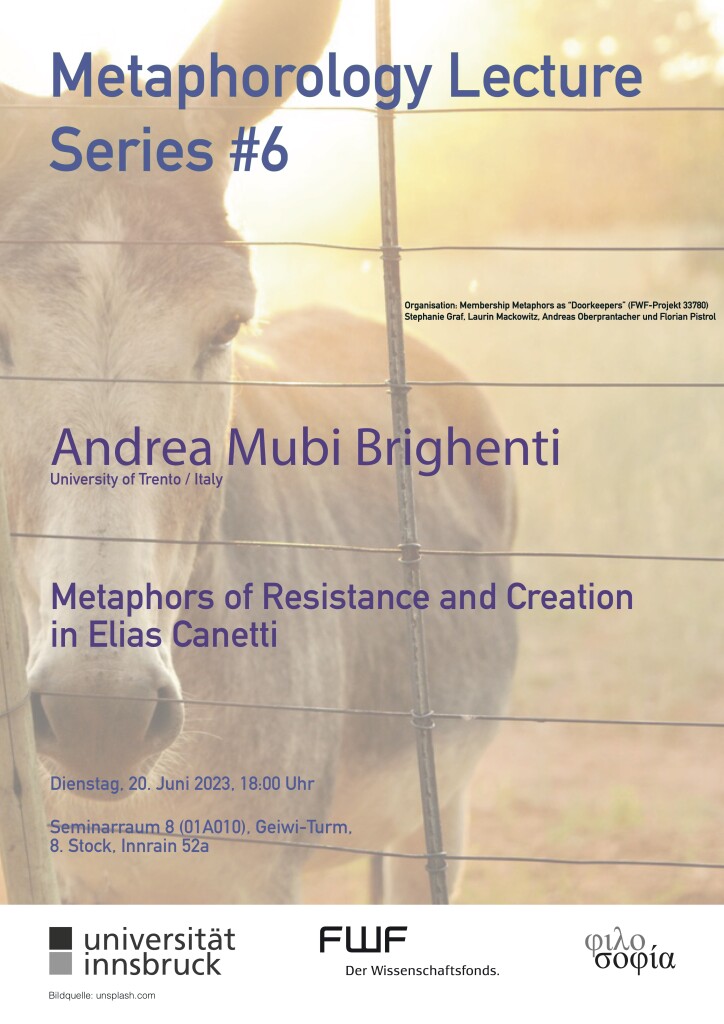Out now in European Journal of Social Theory – https://journals.sagepub.com/doi/abs/10.1177/13684310241230167
Abstract
The reactive complexion of social relations, though empirically pervasive, is analytically neglected. Yet, reaction seems a surprisingly useful category to make sense of the extensive environmental links of behavior/action lying at the very junction of social phenomenology (the here-and-now) and social ecology (the elsewhere-at-other-times). To advance a deeper theorization of this category, we start by mobilizing Mauss’s notion of ‘counter-gift’, elaborating on three interactionist properties (investments, rhythms, and the psyche-society nexus) which make the moment of reaction pivotal. Next, we show how reactions are less deterministic than usually assumed, by examining a series of counterintuitive configurations where the action-reaction link is nonlinear and circuitous. Since receptions and consequent responses to others’ acts are determined by factors of speed and intensity, we then address both dromological and morphogenetic aspects of reaction processes. The last part of this article looks into war as a large-scale reactive formation, proposing that social interaction gets ‘activated’ mainly through mutual (and, not infrequently, adverse) replies among actors.
Keywords
Theories of social action; interactionism; structuralism; behaviorism; exchange theory; action and reaction; political conflict; war.
